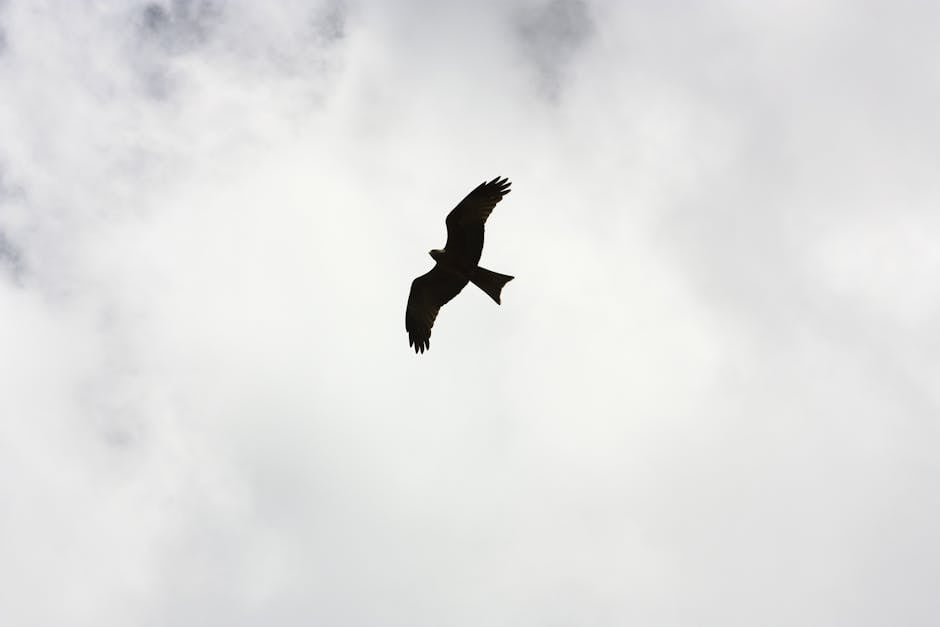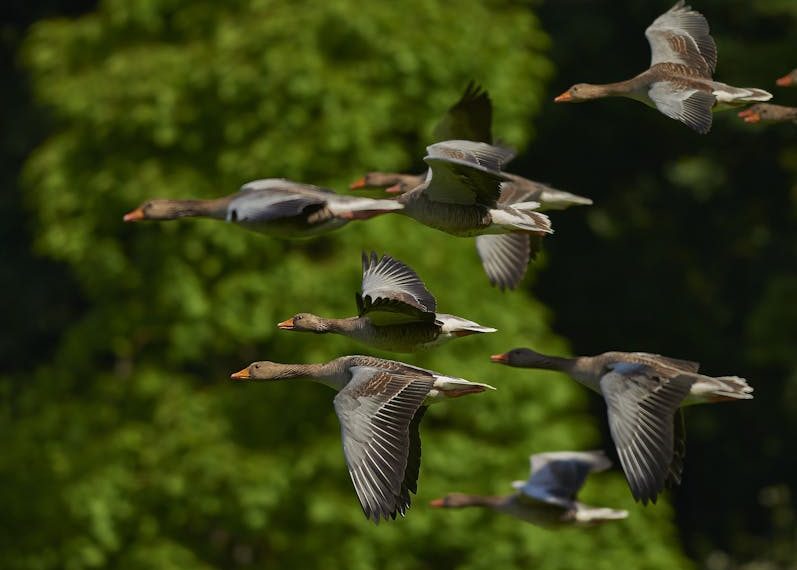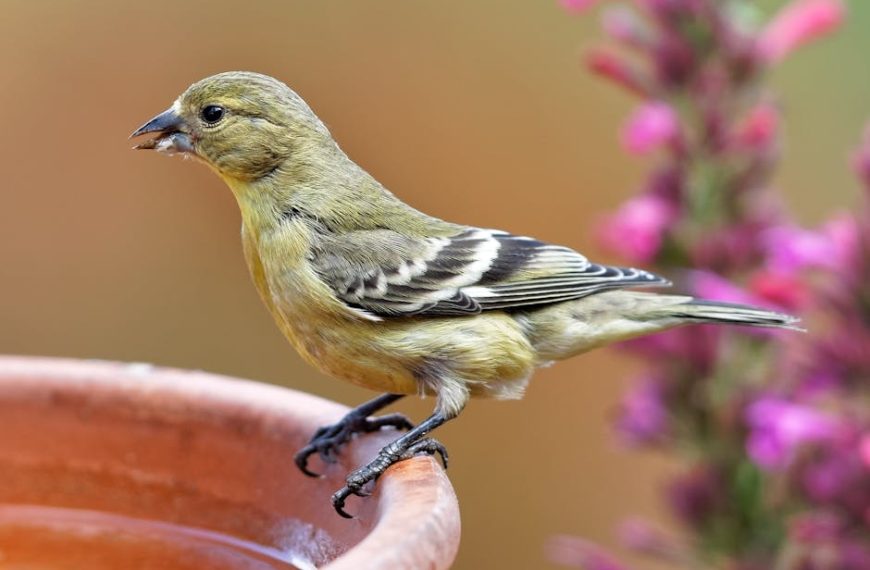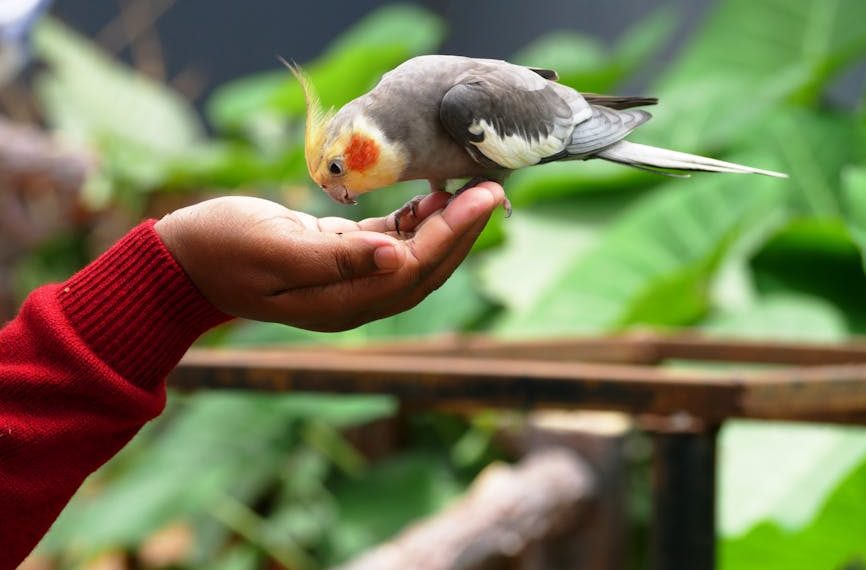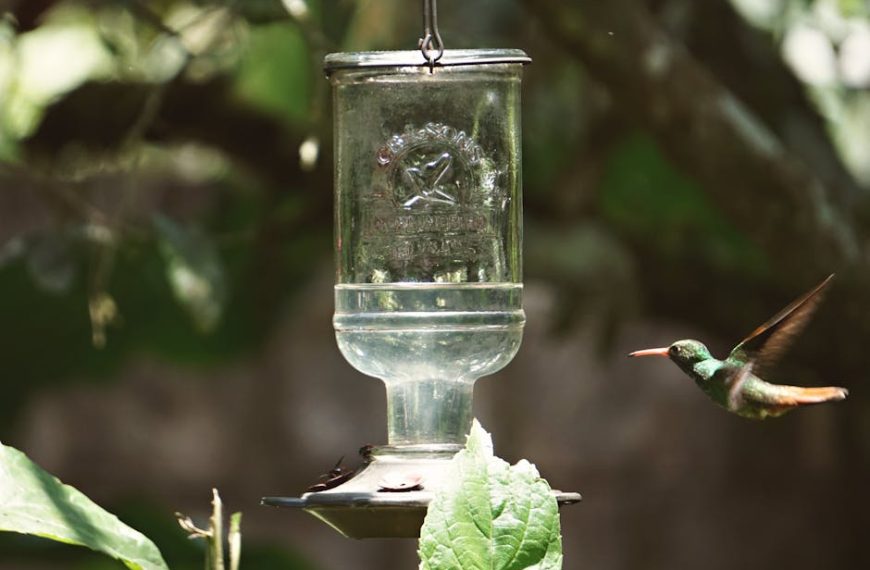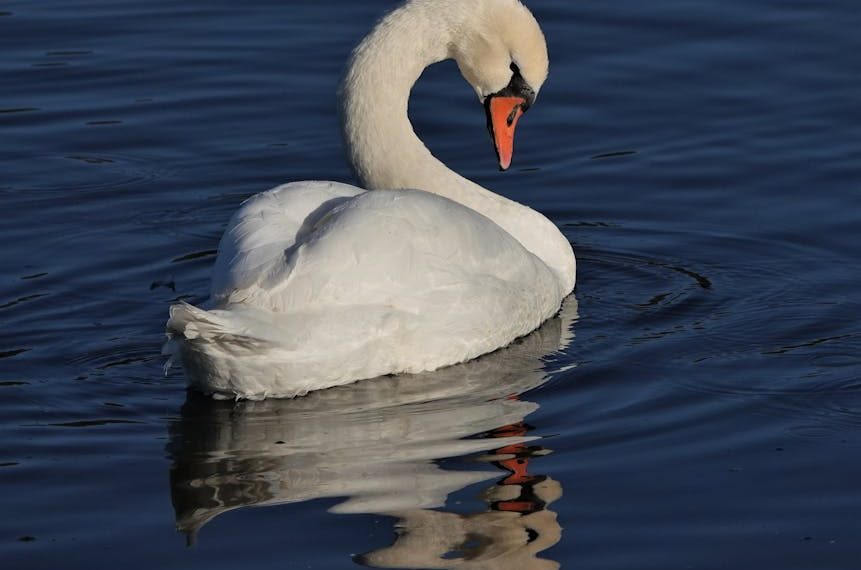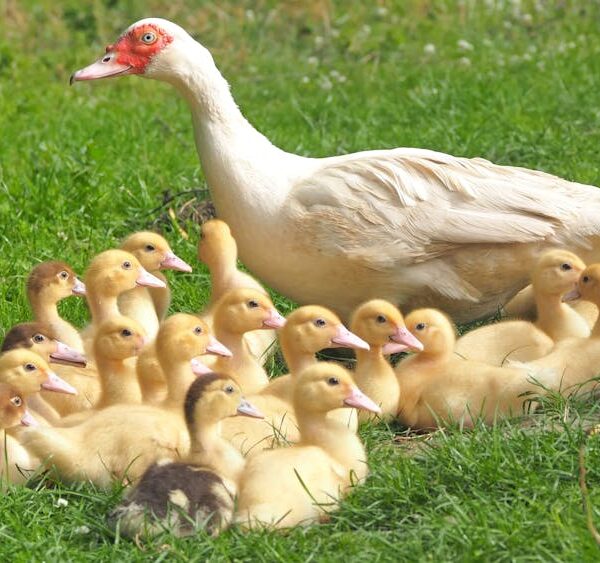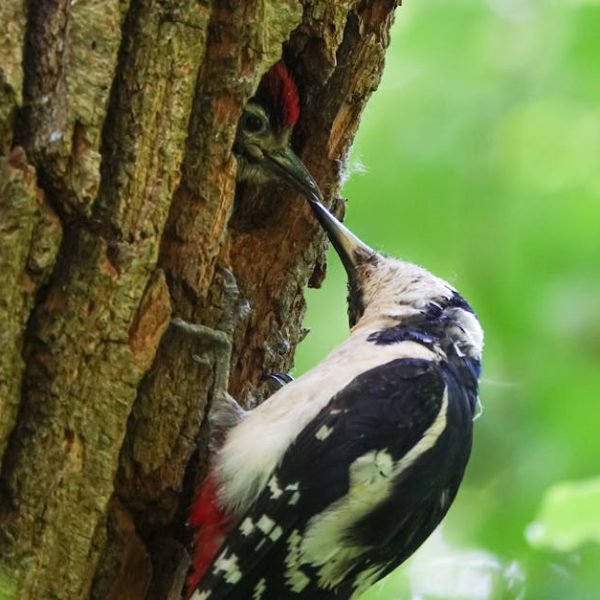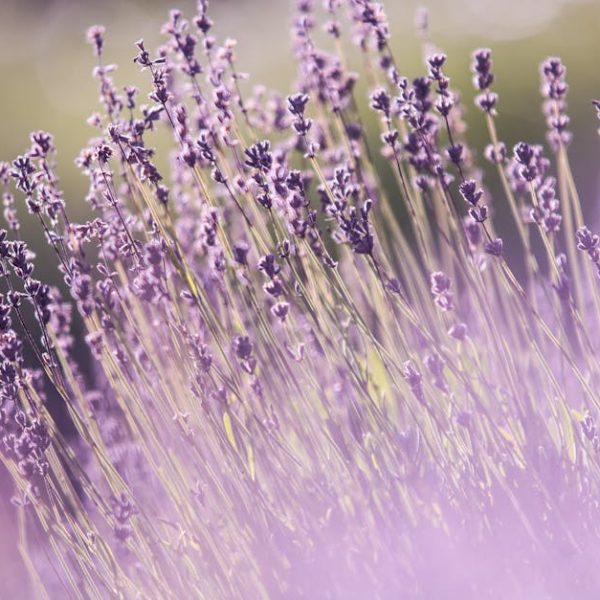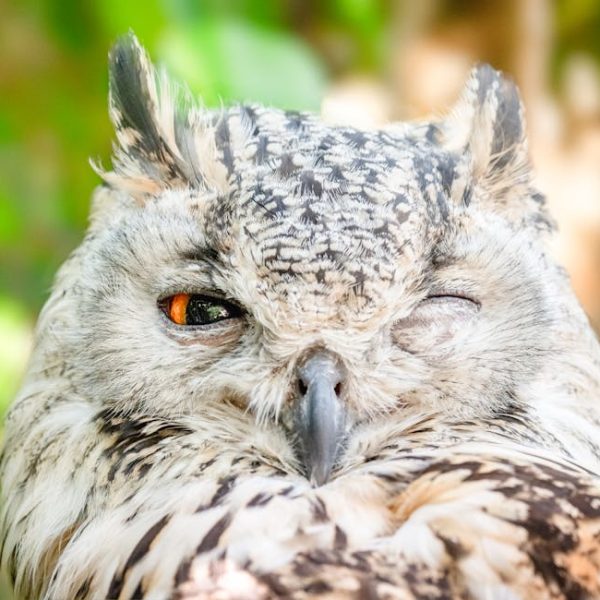Bird ownership comes with a certain level of responsibility, one key aspect of which is ensuring your bird’s safety and well-being. One commonly overlooked aspect of bird care is wing clipping, a process designed to limit a bird’s flying capabilities for safety reasons. While it’s not exactly snipping their freedom, the process can prevent accidental escapes and potential dangers outside the confines of a safe environment.
Understanding the Importance of Wing Clipping
Wing clipping is not about confinement, but ensuring your bird is safe and sound within your home. Unclipped wings can result in accidental escapes – imagine your parrot zipping out through an open window, potentially leading them to dangers such as predators, accidents, and exposure to adverse weather conditions.
However, wing clipping isn’t without its controversies. On the flip side, some argue clipping impairs birds’ natural ability to fly, posing ethical questions. Others express concerns about clipped birds not being able to escape danger within the home, such as other pets. Weighing these pros and cons can help in your decision-making process.
- Pros of Wing Clipping:
– Prevents escape attempts that can lead to harmful situations
– Reduces aggressive and territorial behaviour
- Cons of Wing Clipping:
– May cause psychological distress
– Makes them easy prey for inside threats.
Preparing for the Wing Clipping Process
Before you consider clipping your bird’s wings, several factors should be analysed. These include species, age, health, and the extent of the bird’s flying capacity. For instance, young and healthy birds might adjust to wing clipping better than older or diseased ones. Always consult with a vet before proceeding to ensure the safety of your bird.
In terms of logistics and preparation, clipping your bird’s wings requires specific equipment. This includes sharp scissors for a clean cut, styptic powder to stop bleeding in case of an accidental cut, and a towel to hold your bird gently but firmly.
Checklist Preparation for Wing Clipping:
- Sharp, bird-friendly scissors
- Styptic powder
- A soft towel
- A quiet, calm environment.
Selecting the Best Wing Clipping Method
Not all bird species should have their wings clipped in the same manner. Hence, understanding the different methods of wing clipping, namely full flight feather cut and partial flight feather cut, assists in making an informed decision.
The full flight feather cut involves snipping all the primary flight feathers, hindering most of your bird’s flying ability. On the other hand, a partial flight feather cut involves trimming only some of the primary flight feathers, permitting minimal flight.
Your choice between these two should be based on the breed, size, and physical health of your bird, as well as your personal living conditions. Consult with a vet to determine the most suitable method for your bird.
Below is a comparison of both methods to guide you in understanding their differences.
| Full Flight Feather Cut | Partial Flight Feather Cut | |
|---|---|---|
| Flying Capability | Limited | Minimal |
| Suitable For | Large birds and strong fliers | Small birds or those with health concerns |
We have addressed the why and how of wing clipping. In the next section, you will find a detailed, step-by-step guide on performing the process safely and effectively.
Step-by-Step Guide to Wing Clipping
One can’t overemphasize the importance of being gentle throughout the process. Immediately the bird feels threatened or scared, the stress levels rise, making the wing clipping process more difficult.
Follow these steps for a successful wing clipping procedure:
Step 1: Create a calm, quiet environment away from distractions.
Step 2: Gently wrap your bird with the soft towel, exposing just the bird’s head and one wing.
Step 3: Extend the wing carefully to exhibit the full span.
Step 4: Identify the primary flight feathers. These are typically the longest feathers that form the outward curve of the wing.
Step 5: If you’ve decided on a full flight feather cut, snip all primary flight feathers right below the covert feathers (small ones at the top). For a partial flight feather cut, clip only a number of these primaries.
Step 6: Ensure you’re not cutting into the ‘blood feather’ areas. These are sections of growing feathers that have blood supply.
Step 7: Repeat Steps 1-6 for the other wing. Always ensure both wings are clipped evenly to avoid imbalance during flight.
Pro Tips for Wing Clipping:
- Use a sharp pair of scissors specifically meant for wing clipping
- Always have styptic powder ready in case of bleeding
- Never cut a bird’s wings by yourself the first time. Get guidance from an expert or a vet
- Understand your bird’s behavior. If they seem overly stressed, stop and try another time.
Aftercare and Regular Maintenance
Your work doesn’t end after you’ve clipped your bird’s wings. Monitoring your feathered friend post-procedure is crucial. Look for signs of discomfort or distress. Even changes in temperament can indicate something is wrong.
Remember, wing feathers grow back, and regular check-ups and maintenance ensure clipped wings don’t become overgrown, which might cause issues like feather plucking. Maintaining a safe and comfortable environment for your bird is essential to help them adjust to their new flying capacity.
Below is a list of best practices for aftercare and maintenance:
- Regularly monitor your bird’s wings as they can regrow feathers over time
- Keep the surroundings bird-friendly and safe
- Regularly handle your bird, helping them adjust to a lower flight capability
- Review your bird’s behavior changes post-clipping, noting any irregularities
- Book regular vet appointments for health check-ups and guidance.
With these tips and steps in mind, you’re now equipped to safely clip your bird’s wings, ensuring a happier, safer life for your feathered companion. Remember, when in doubt, always turn to a professional for guidance and assistance.
Key Takeaway:
- Wing clipping can prevent accidental escapes and ensure bird safety.
- Considerations before wing clipping include species of the bird, age, overall health, and flying capacity.
- Equipment needed for wing clipping include sharp scissors, styptic powder, and a towel.
- Two main methods of wing clipping are the full flight feather cut and partial flight feather cut.
- The process requires gentle handling and reassurance to reduce bird stress.
- Regular monitoring post-wing-clipping along with timely maintenance are crucial for the bird’s well-being.
Bird wing clipping is a responsibility that requires careful preparation, the right equipment, and gentle execution. Be mindful of your bird’s comfort, personality, and wellness throughout the process. However, always consult with a veterinary professional if you’re uncertain or if your bird is showing signs of discomfort or stress.
FAQs
Q: How often do I need to clip my bird’s wings?
A: The frequency depends on how fast your bird’s feathers grow. It’s crucial to monitor the feather growth and schedule wing clipping accordingly to ensure your bird doesn’t regain total flight ability unexpectedly.
Q: Can I clip the bird’s wings myself or should I consult a professional?
A: If it is your first time, it’s better to get help from a professional or a vet. Once you are confident and familiar with the process, you can do it yourself following the right methods and precautions.
Q: Will wing clipping cause my bird pain?
A: If done correctly, wing clipping shouldn’t cause any pain as it only involves cutting the feathered area. However, mistakes could lead to injuries that cause pain. Always ensure you follow the steps attentively.
Q: How can I tell if my bird is stressed during the wing clipping process?
A: Look out for signs such as an increase in heart rate, heavy breathing, pacing, or any aggressive behavior. These could mean your bird is feeling stressed or scared.
Q: What should I do if I accidentally clipped into the blood feather of my bird?
A: If you accidentally cause bleeding, apply styptic powder to the area immediately and consult a vet promptly. It’s essential to understand that clipping a blood feather could be dangerous and vet advice should be sought.
We will always be here to give you advice and guidance. If you have any other concerns, please feel free to consult with us or share this article with other bird owners. Exploring more posts on our website may help to answer any other questions you might have.
